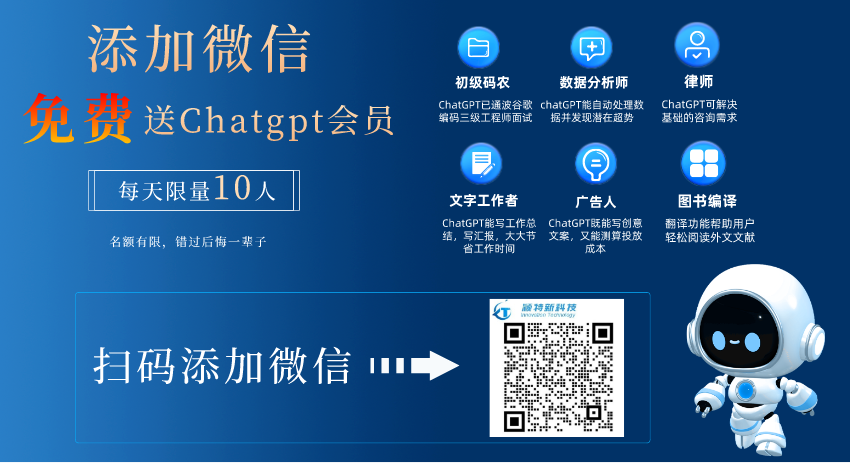单片机C语言程序设计:甲机通过串口控制乙机 LED
/* 名称:甲机发送控制命令字符
说明:甲单片机负责向外发送控
制命令字符“A”、“B”、“C”,或者
停止发送,乙机根据所接收到的字符
完成 LED1 闪烁、LED2 闪烁、双闪
烁、或停止闪烁。
*/
#include<reg51.h>
#define uchar unsigned char
#define uint unsigned int
sbit LED1=P0^0;
sbit LED2=P0^3;
sbit K1=P1^0;
//延时
void DelayMS(uint ms)
{
uchar i;
while(ms--) for(i=0;i<120;i++);
}
//向串口发送字符
void Putc_to_SerialPort(uchar c)
{
SBUF=c;
while(TI==0);
TI=0;
}
//主程序
void main()
{
uchar Operation_No=0;
SCON=0x40; 串口模式 1
TMOD=0x20; //T1 工作模式 2
PCON=0x00; 波特率不倍增
TH1=0xfd;
TL1=0xfd;
TI=0;
TR1=1;
while(1)
{
if(K1==0) //按下 K1 时选择操作代码 0,1,2,3
{
while(K1==0);
Operation_No=(Operation_No+1)%4;
}
switch(Operation_No) //根据操作代码发送 A/B/C 或停止发送
{
case 0: LED1=LED2=1;
break;
case 1:Putc_to_SerialPort('A');
LED1=~LED1;LED2=1;
break;
case 2:Putc_to_SerialPort('B');
LED2=~LED2;LED1=1;
break;
case 3:Putc_to_SerialPort('C');
LED1=~LED1;LED2=LED1;
break;
}
DelayMS(100);
}
}
/* 名称:乙机程序接收甲机发送字符并完成相应动作
说明:乙机接收到甲机发送的信号后,根据相应信号控制 LED 完成不同闪烁动作。
*/
#include<reg51.h>
#define uchar unsigned char
#define uint unsigned int
sbit LED1=P0^0;
sbit LED2=P0^3;
//延时
void DelayMS(uint ms)
{
uchar i;
while(ms--) for(i=0;i<120;i++);
}
//主程序
void main()
{
SCON=0x50; 串口模式 1,允许接收
TMOD=0x20; //T1 工作模式 2
PCON=0x00; 波特率不倍增
TH1=0xfd;//波特率 9600
TL1=0xfd;
RI=0;
TR1=1;
LED1=LED2=1;
while(1)
{
if(RI) //如收到则 LED 闪烁
{
RI=0;
switch(SBUF) //根据所收到的不同命令字符完成不同动作
{
case 'A': LED1=~LED1;LED2=1;break; //LED1 闪烁
case 'B': LED2=~LED2;LED1=1;break; //LED2 闪烁
case 'C': LED1=~LED1;LED2=LED1; //双闪烁
}
}
DelayMS(100);
}
}

扩展阅读:并行数据转换为串行数据程序

编辑:admin 最后修改时间:2018-10-08


